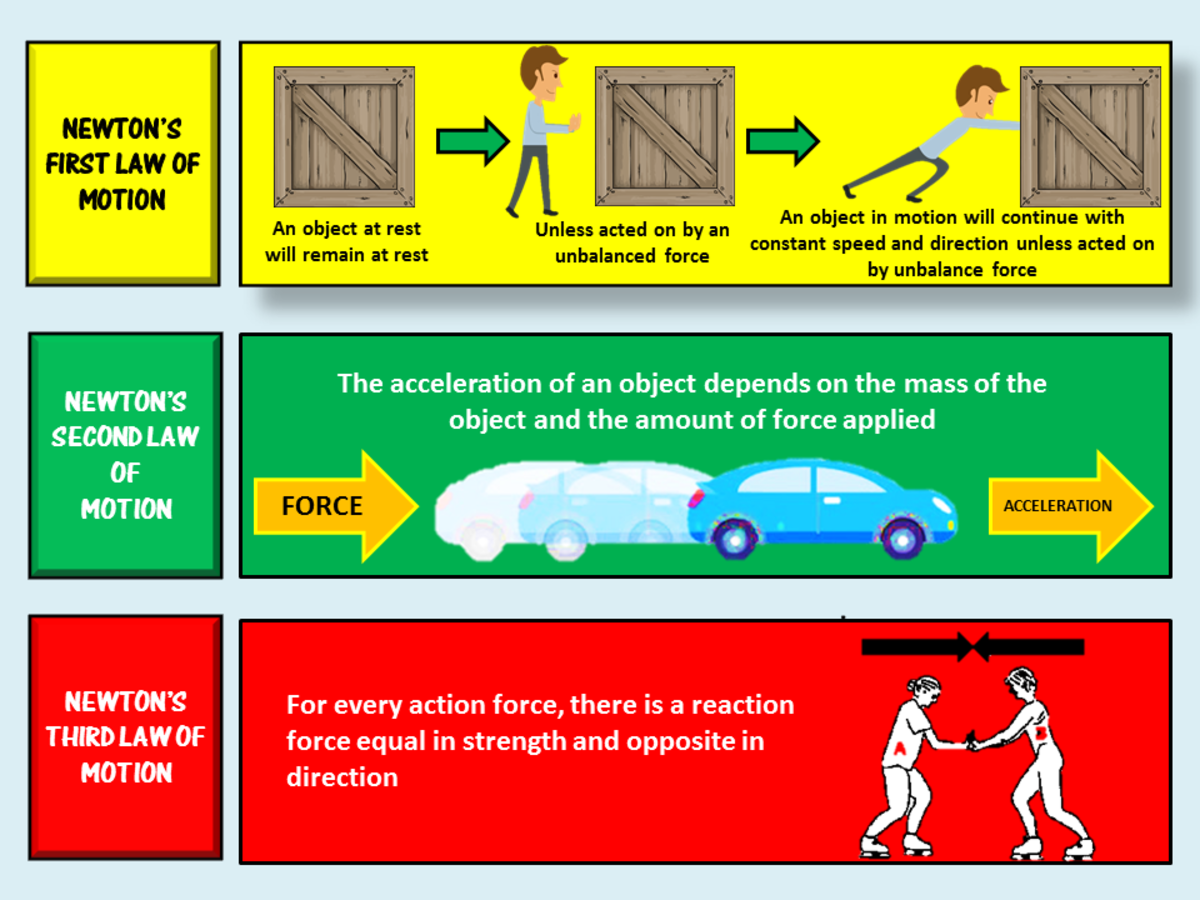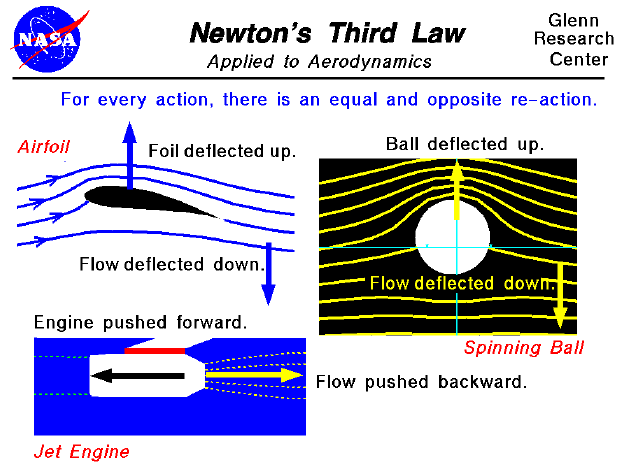

In attractions, I briefly demonstrate the thing after this manner. For if the rule is to be tried in bodies not perfectly hard, we are only to diminish the reflexion in such a certain proportion as the quantity of the elastic force requires. I must add, that the experiments we have been describing, by no means depending upon that quality of hardness, do succeed as well in soft as in hard bodies. " Thus trying the thing with pendulums of ten feet, in unequal as well as equal bodies, and making the bodies to concur after a descent through large spaces, as of 8, 12, or 16 feet, I found always, without an error of 3 inches, that when the bodies concurred together directly, equal changes towards the contrary parts were produced in their motions, and, of consequence, that the action and reaction were always equal. They are not proofs in the literal sense (as in deriving a law from the experiment), but rather confirmations that all of the above are predicted to behave as observed when the third law (along with the first and second) is used to make the predictions: The "proofs" in the Scholium refer to more formally staged experiments, which include colliding two pendula of various masses, sizes and densities, and measuring the rebound, bringing a system of iron and loadstone into equilibrium, and measurements on simple machines, like balances, wedges and pulleys. This law takes place also in attractions, as will be proved in the next scholium." For, because the motions are equally changed, the changes of the velocities made towards contrary parts are reciprocally proportional to the bodies. The changes made by these actions are equal, not in the velocities but in the motions of bodies that is to say, if the bodies are not hindered by any other impediments. If a body impinge upon another, and by its force change the motion of the other, that body also (because of the equality of the mutual pressure) will undergo an equal change, in its own motion, towards the contrary part. If a horse draws a stone tied to a rope, the horse (if I may so say) will be equally drawn back towards the stone: for the distended rope, by the same endeavour to relax or unbend itself, will draw the horse as much towards the stone, as it does the stone towards the horse, and will obstruct the progress of the one as much as it advances that of the other. If you press a stone with your finger, the finger is also pressed by the stone. Whatever draws or presses another is as much drawn or pressed by that other. " To every action there is always opposed an equal reaction: or the mutual actions of two bodies upon each other are always equal, and directed to contrary parts. He writes in the Scholium:" And thus the third Law, so far as it regards percussions and reflexions, is proved by a theory exactly agreeing with experience." Indeed, the third law is first introduced with appeal to common experiences: He usually needed all of them to derive any one prediction, so no one experiment could prove them one at a time. Nonetheless, he describes plenty of experiments of his own used to reconfirm the laws.īut second, Newton also understood that it is the theory as a whole that is being confirmed, not each law by itself. In Axioms, or Laws of Motion section of Principia, where they are laid down, he writes in particular:" Hitherto I have laid down such principles as have been received by mathematicians, and are confirmed by abundance of experiments".

First, Newton considered "his" laws to be "common knowledge" already "abundantly" confirmed and accepted by experts (he names Galileo, Wallis, Wren, and Huygens).


 0 kommentar(er)
0 kommentar(er)
